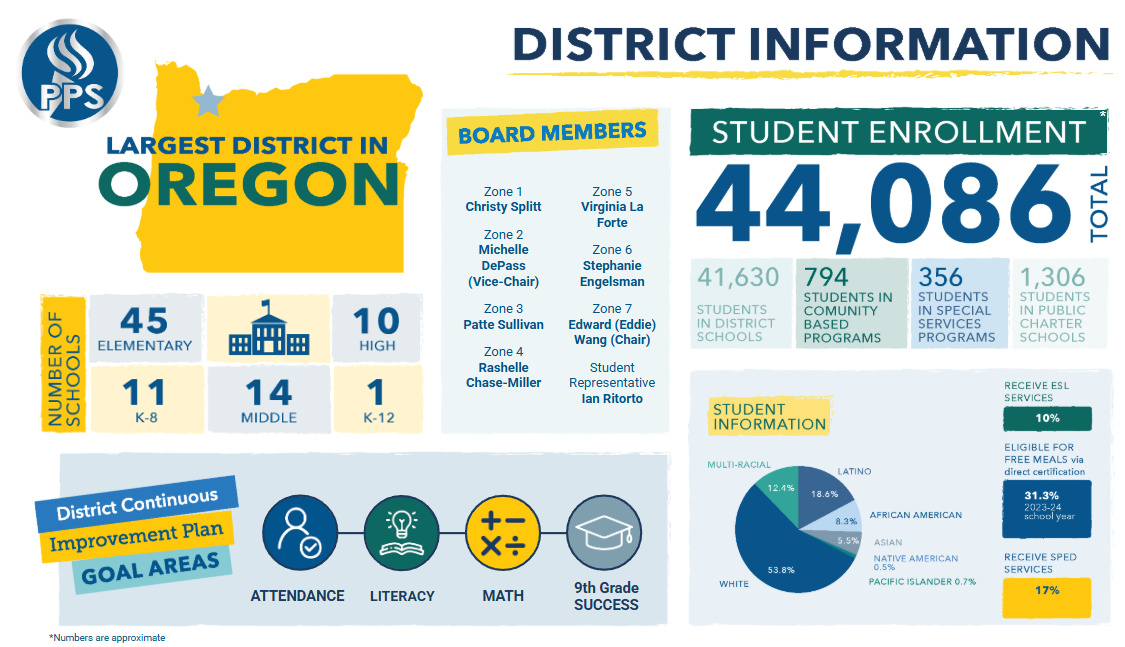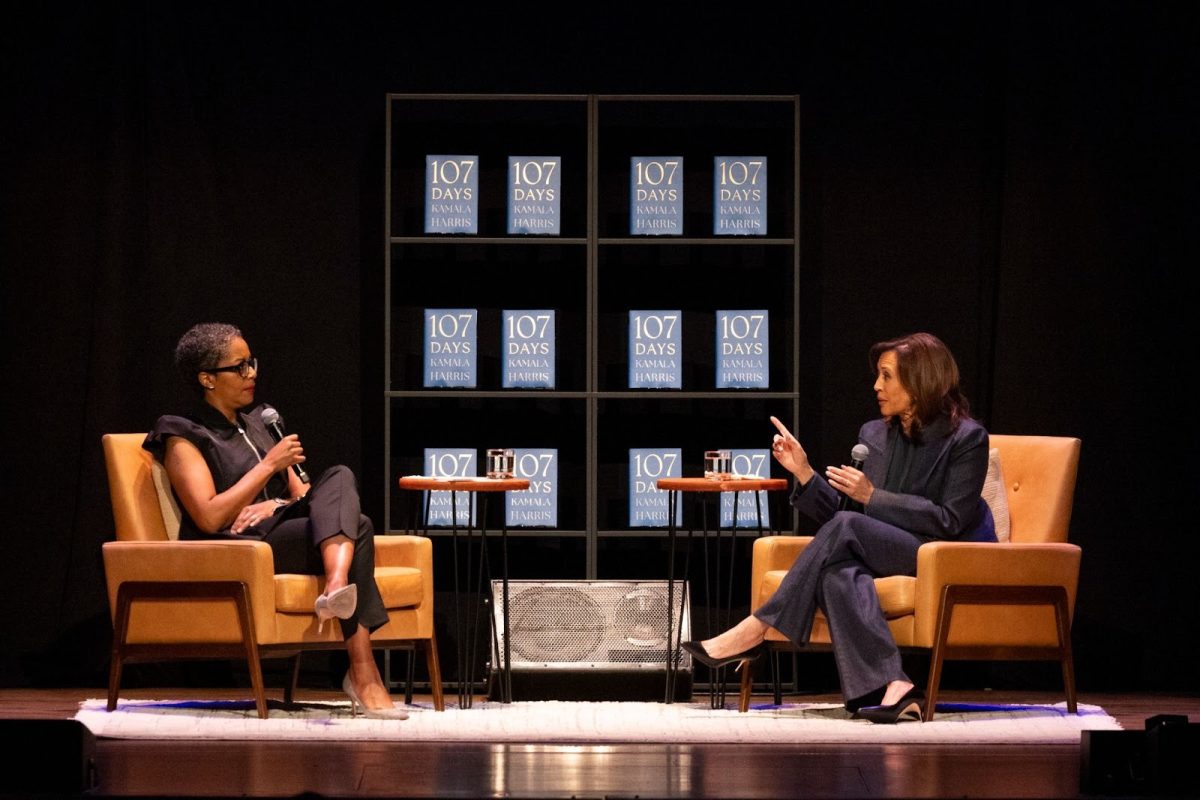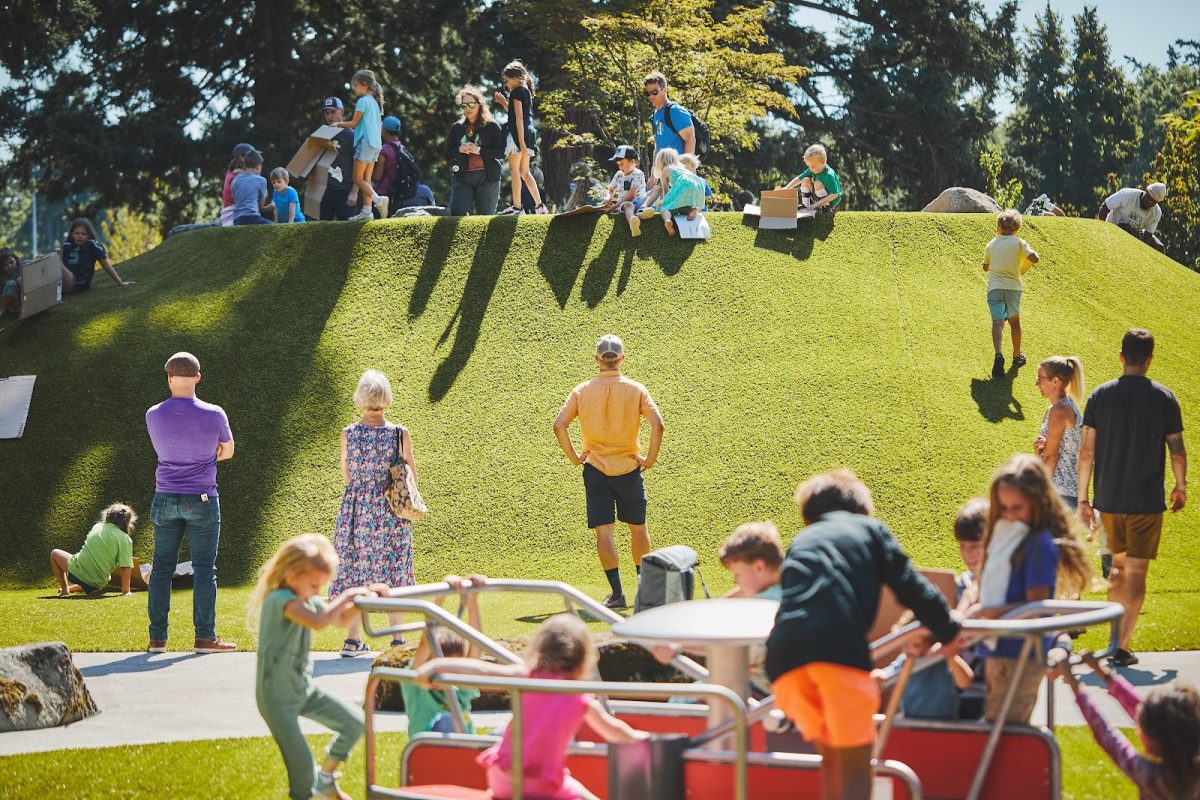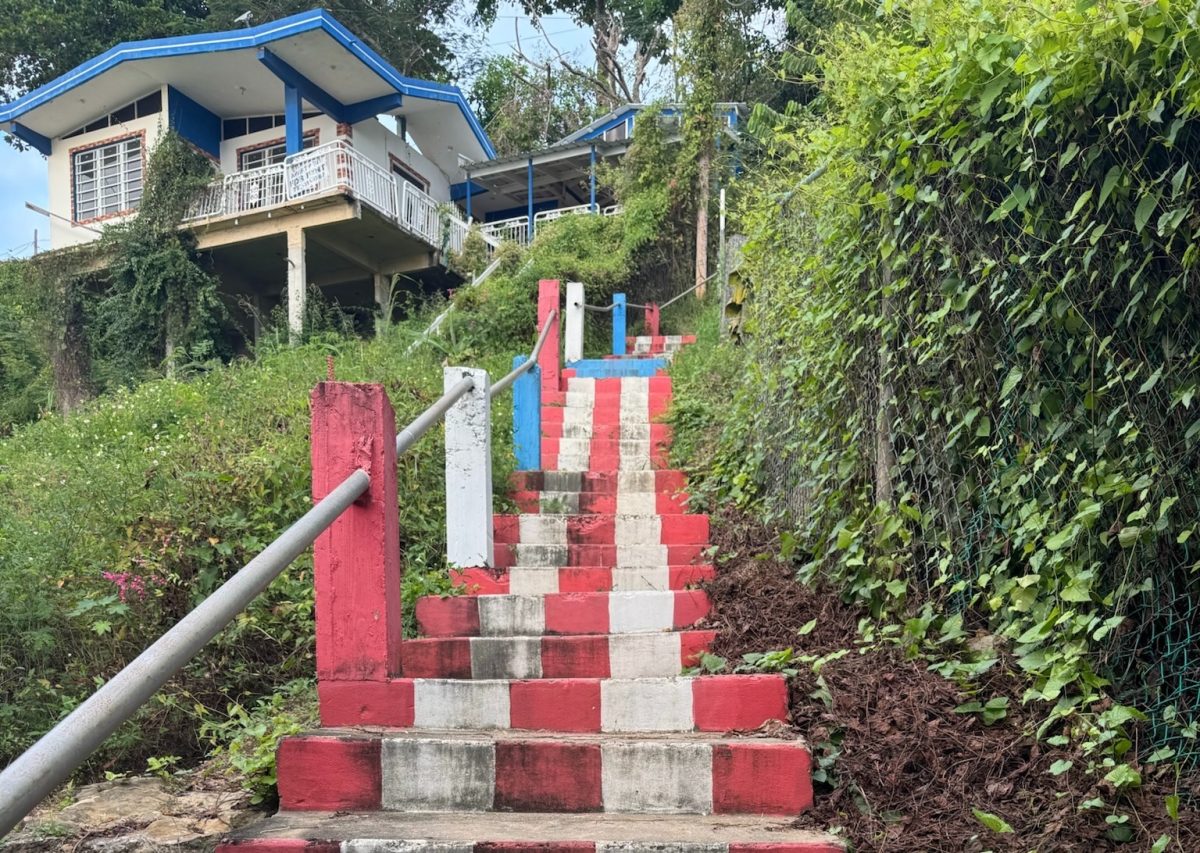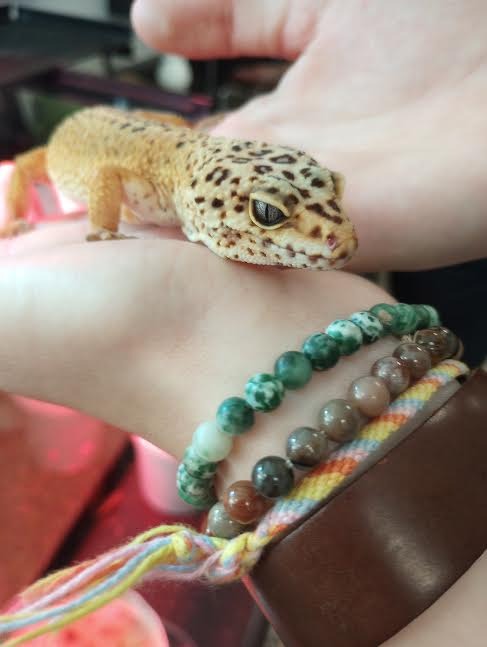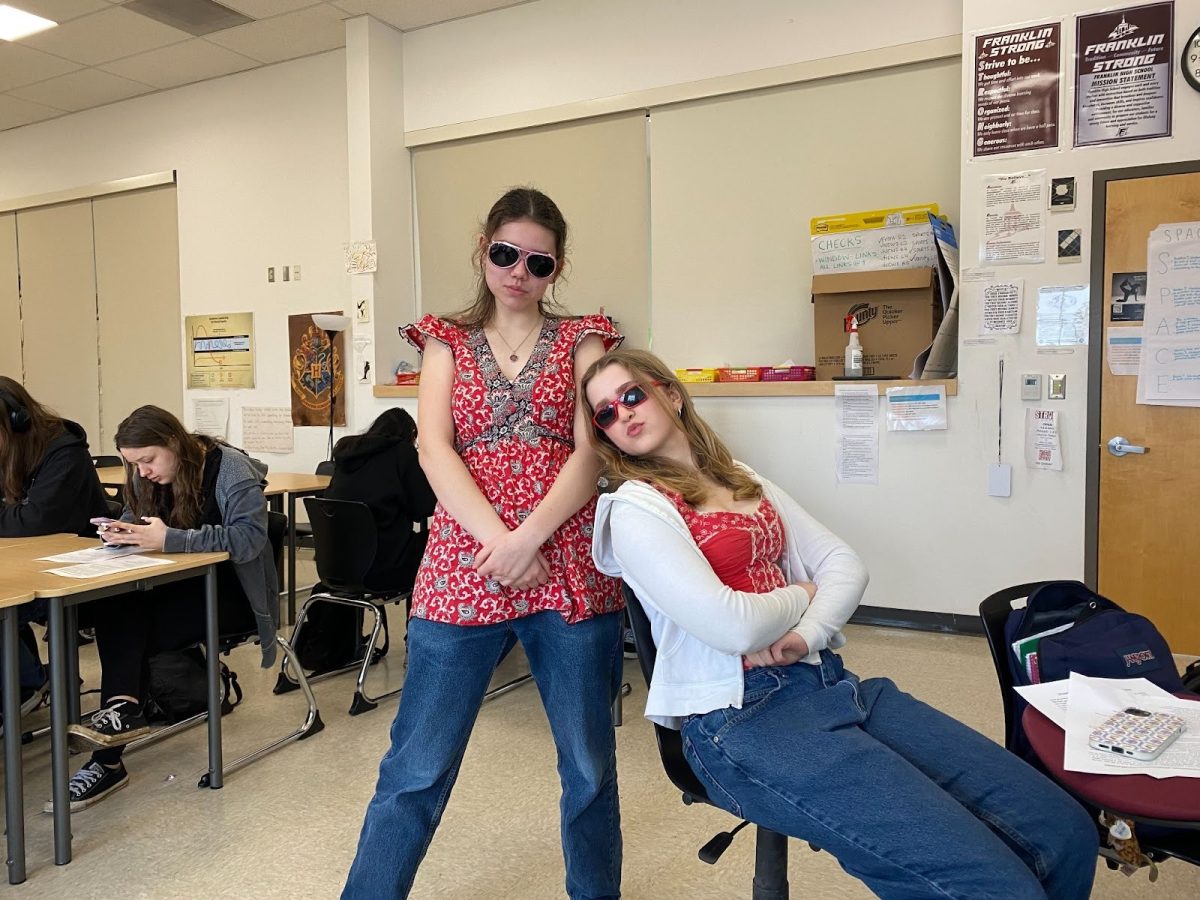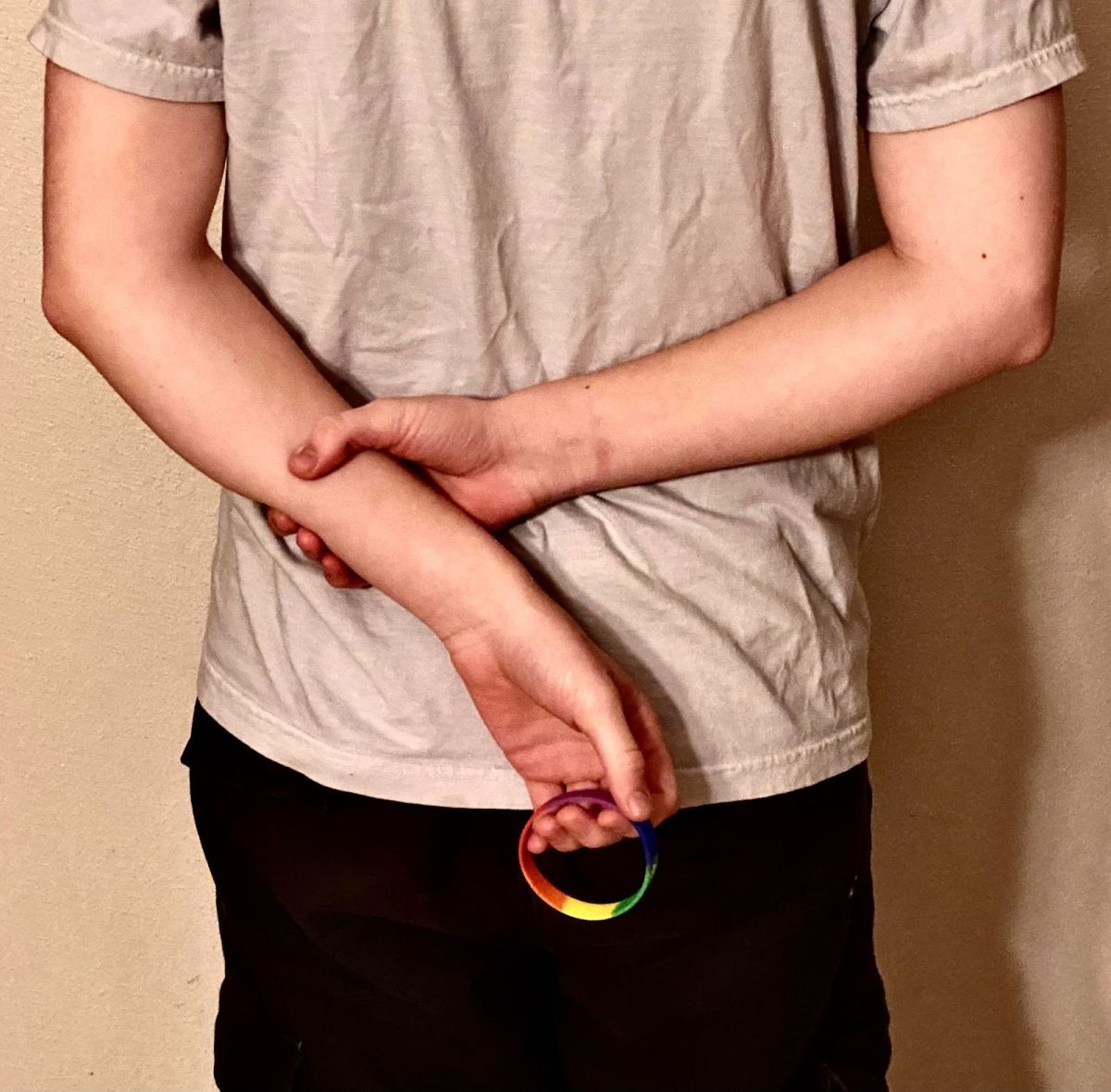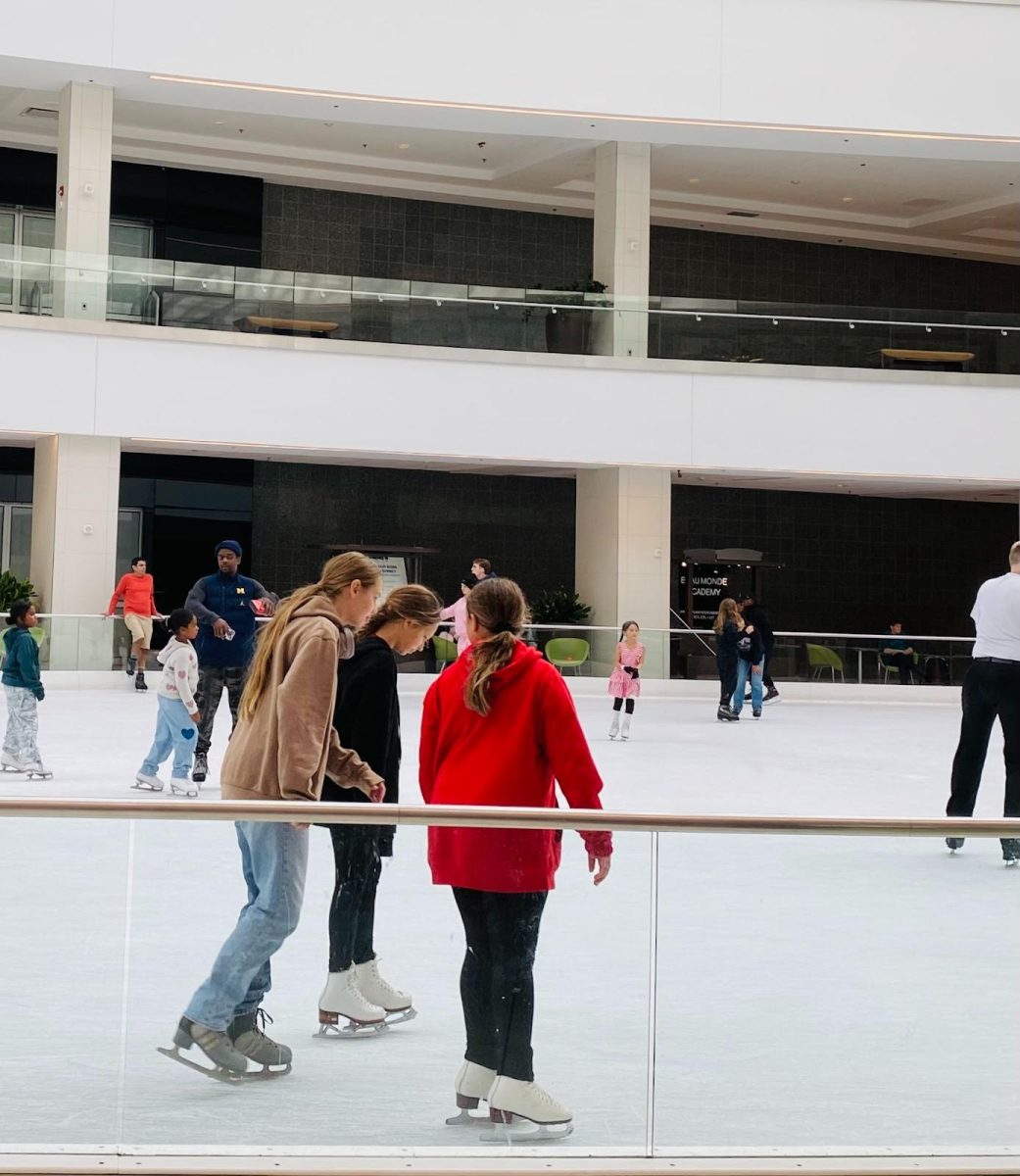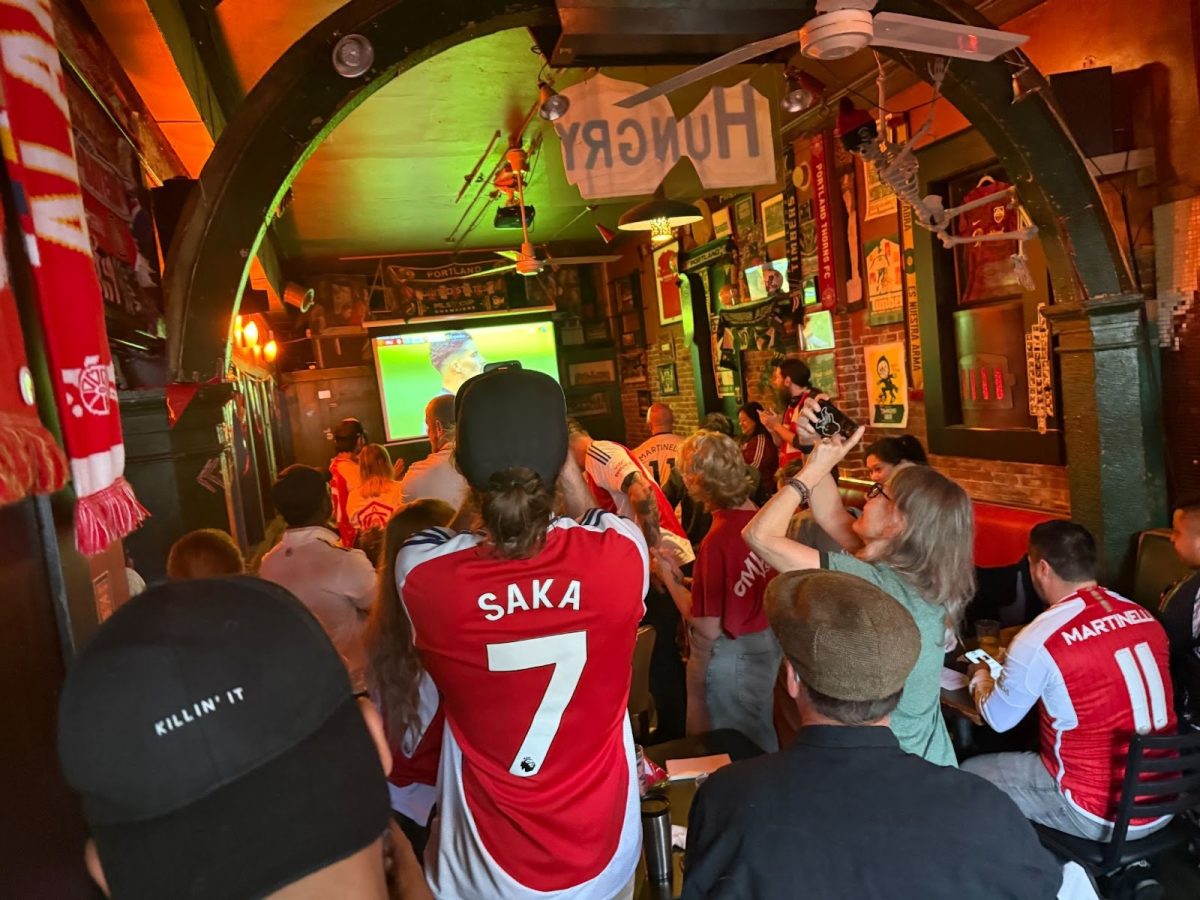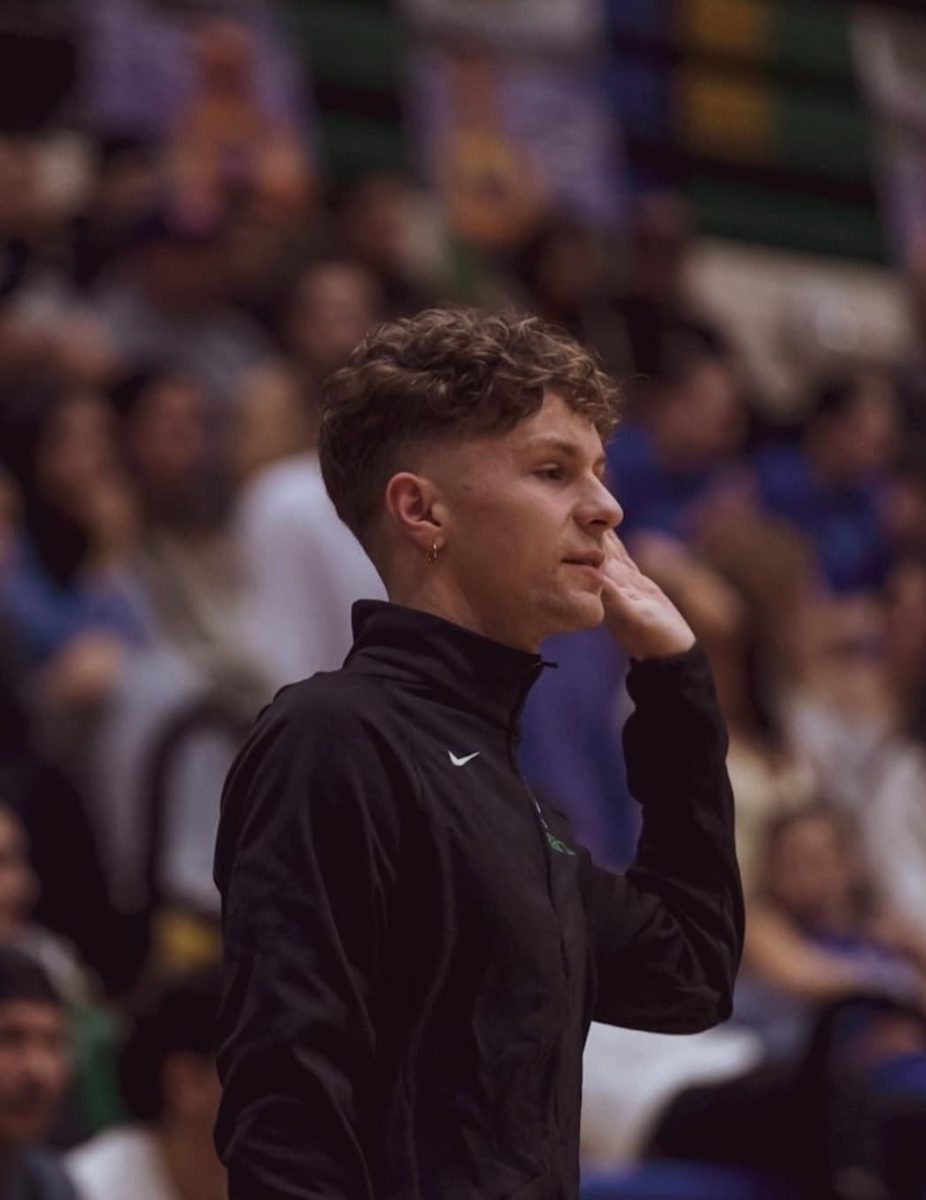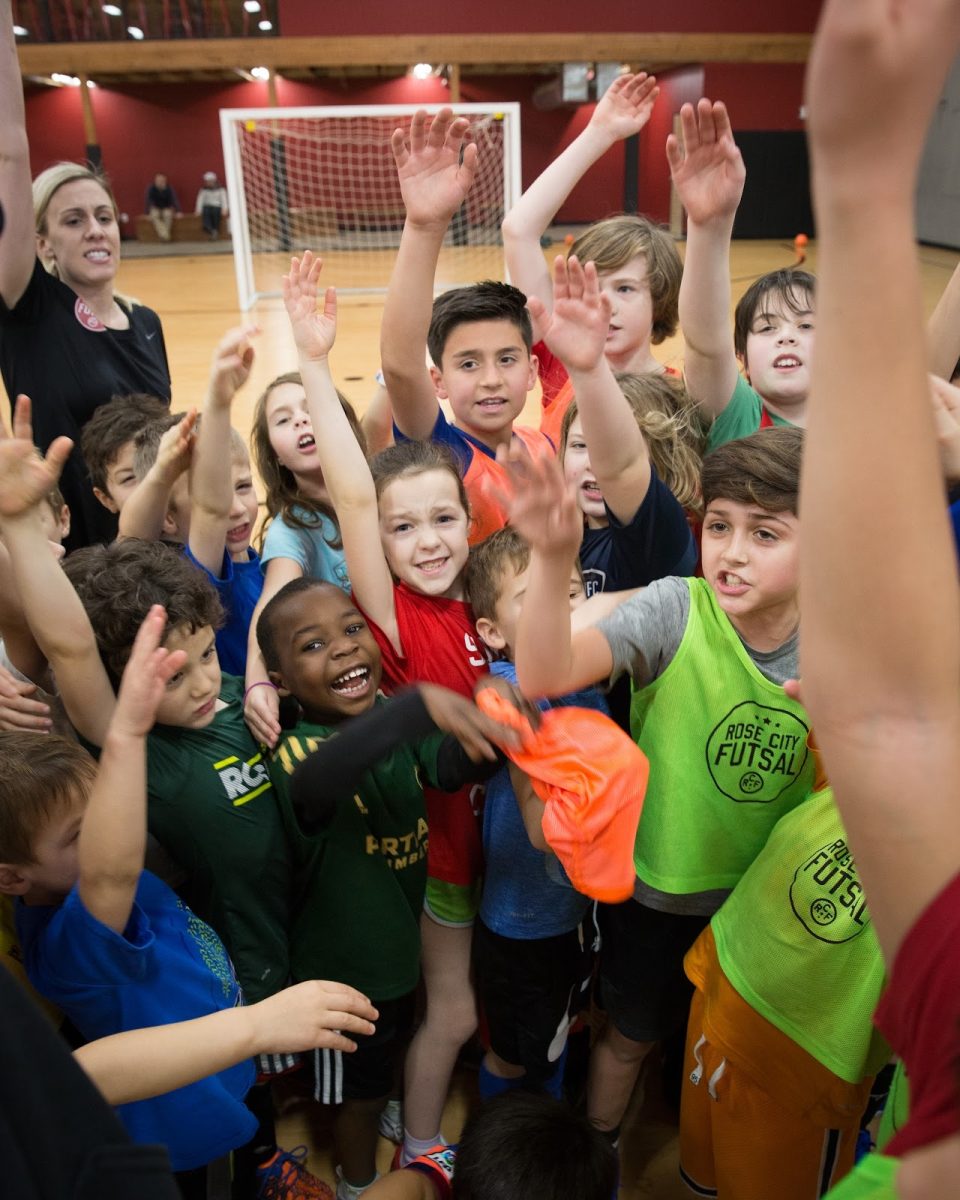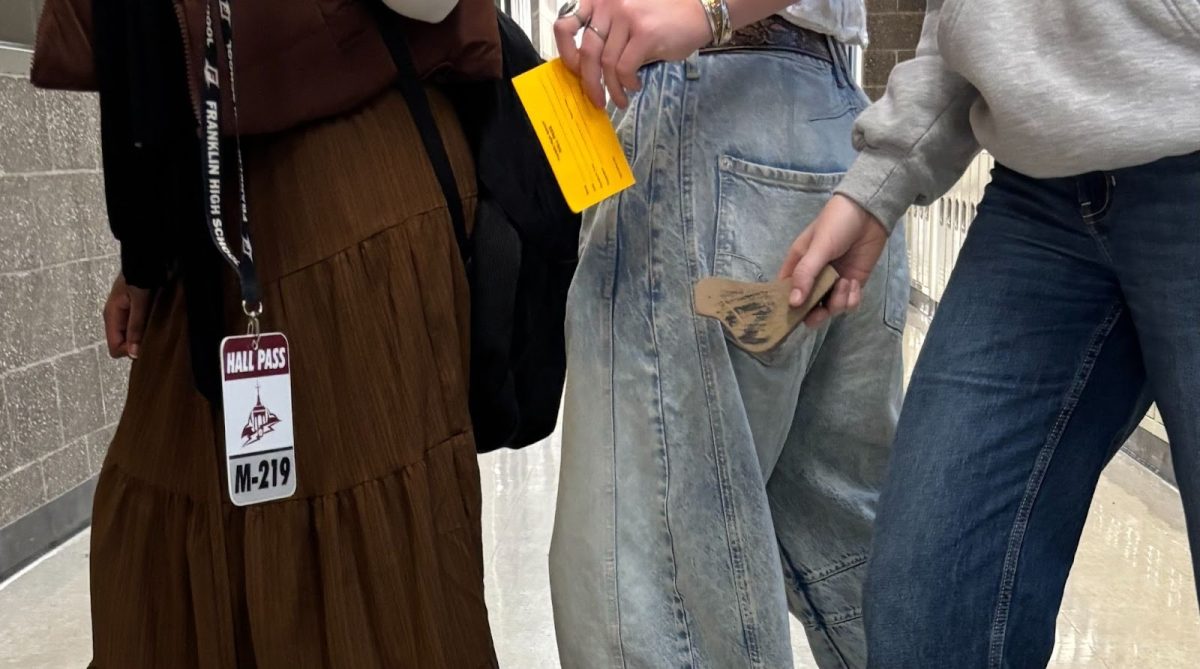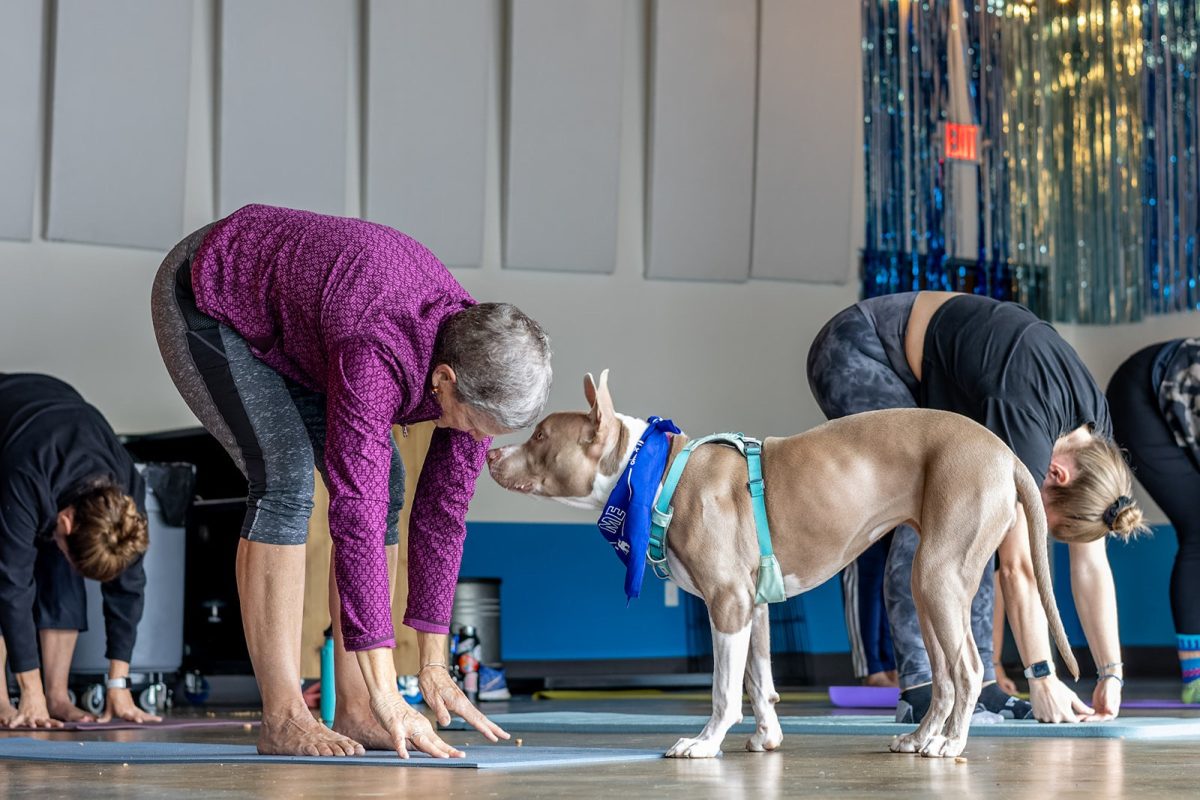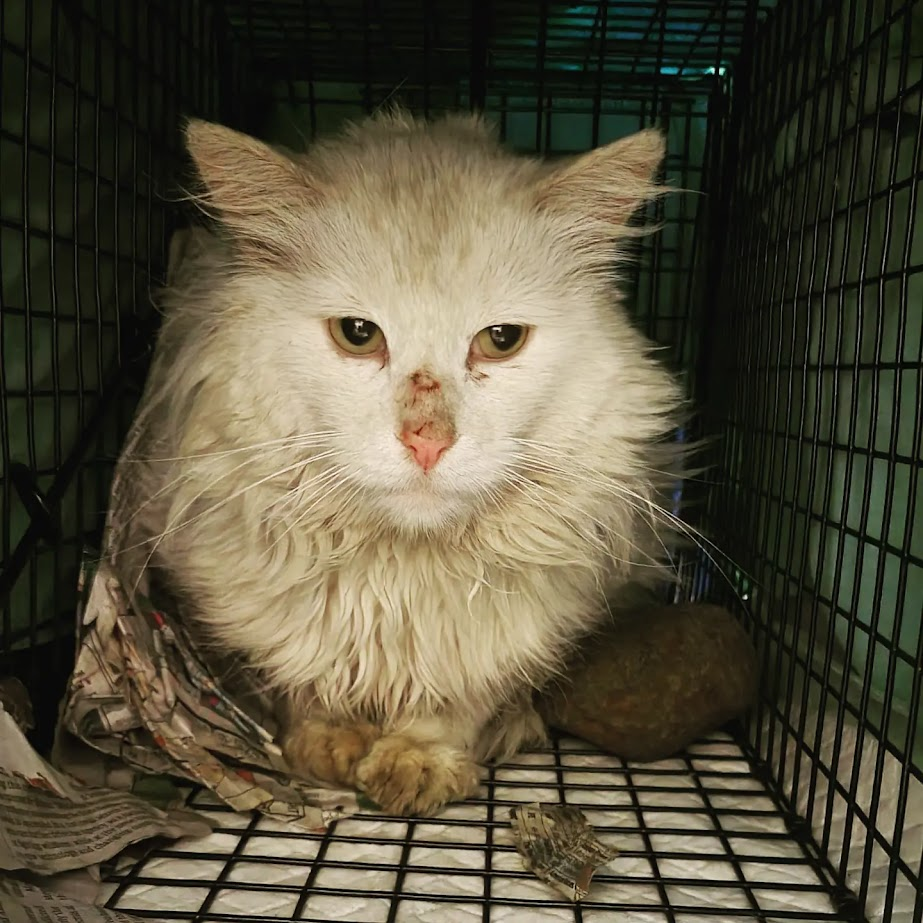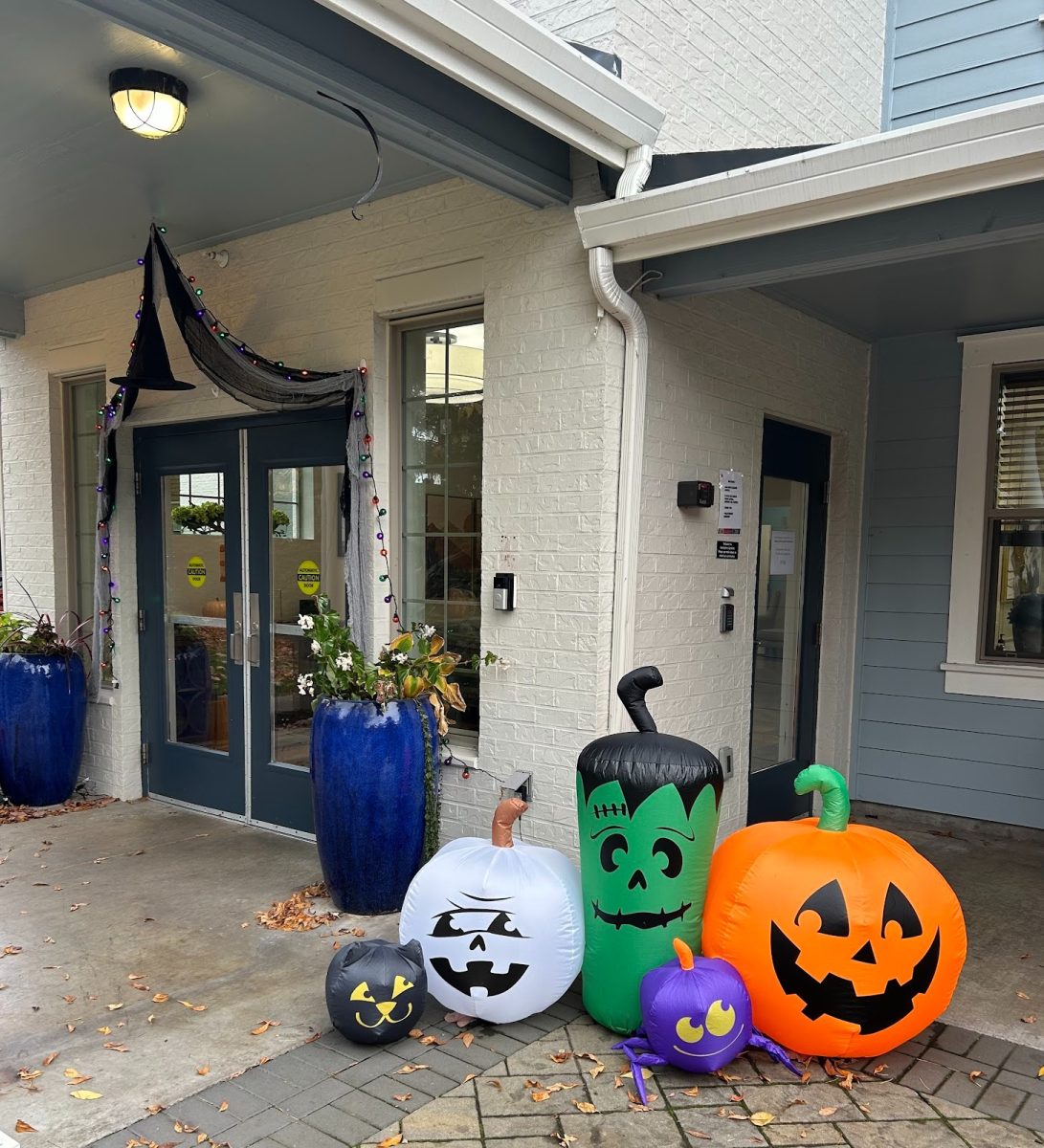School athletics are about many things: teamwork, collaboration, healthy competition, and fun. Losing sports was a huge consequence of the COVID-19 pandemic. Slowly, as vaccines have started being distributed, states have loosened restrictions on school-sanctioned athletics, and schools have put safety protocols in place to compensate.
Because of the unique conditions we are facing this year, the Oregon Schools Activities Association (OSAA) has moved around the seasons to maximize general safety. Season 2 started on February 22 and will run until April 10, with Football, Volleyball, Soccer, and Cross Country as this year’s spring sports. On April 5, Season 3 starts and Baseball, Softball, Track & Field, Tennis, and Golf players have their season until May 22. Finally, the indoor athletics, Basketball, Swimming, and Wrestling have all been moved to Season 4 from May 10 to June 26. Currently, indoor full-contact sports like Basketball and Wrestling are prohibited by the Governor and the Oregon Health Authority (OHA).
All of Franklin’s updated safety protocols have come directly from the OHA and Kate Brown, the Governor of Oregon, and are eventually passed down to Scott Santangelo, the Athletic Director at Franklin High School, who then implements them to fit Franklin’s athletic model.
Like a pre-COVID year, all athletes must be cleared on familyID with a physical from within the last two years, but now every adult working directly with student-athletes has also taken the COVID, OSAA, and other mandatory trainings through the website PepperPD required to be able to work on-site. There are also protocols followed on campus during in-person athletics: mandatory screening questions, and then temperatures are supposed to be taken. After this process athletes are allowed to proceed into the facility to practice, socially distanced and with masks. There is hand sanitizer provided at the one-way exit and entrances, and no spectators are allowed to watch. Santangelo estimates this will not change, but he is actively working out the planning and logistics of filming all the games and events. “We feel that’s very important for parents, especially senior parents to be able to watch their student-athletes play. So we’re doing everything we can.”
Santangelo is not aware of any student-athletes in the Portland Public School district being exposed at their sites, and he would like to keep it that way. Communication has been key for the Franklin athletic community, and Santangelo hopes it continues to be: If an athlete is not feeling well, his priority is for them to stay home and communicate with their coach. If a family member has been exposed, stay home and communicate with your coach. If someone sick has people or locations that overlap with your bubble, stay home and communicate with your coach.
Along with communication between players and coaches, communication between teams has increased for safety as well. Meetings for all the Oregon schools’ Athletic Directors have taken place to make sure they include safety information in the emails to every week’s opponents. These emails have game-day situations, outlining information like the locations and times of games, and are updated to include COVID protocols, including when and where every athlete goes through the screening process. A wristband will signify a cleared athlete, and nobody without one will be allowed in the Franklin athletics sites.
Although the required safety protocols from OSAA and the governor have been implemented at Franklin, not all students are executing them. Photo proof of Franklin athletes not wearing masks or following the six feet of social distancing required during organized practices has been shared to public social media accounts by multiple student-athletes. The students in these photos are wearing school colors and sports uniforms. Coaches have spoken with students in response to these photos.
In response to health and safety concerns, Santangelo said, ¨Everybody has to make their own individual decision on whether they want to be involved or not.¨ Every athlete has to make that decision for themselves, and they have to consult their families, who must sign off on their athlete’s participation. Then if an athlete decides they want to take that risk Santangelo says, ¨We will follow every protocol that is put in place to make sure that everybody is safe, healthy and following the guidelines.¨
“The biggest thing,” says Santangelo, “is the kids’ safety and people not getting sick. [That is] the utmost important factor.”

Photo by Ada Hallstrom.


